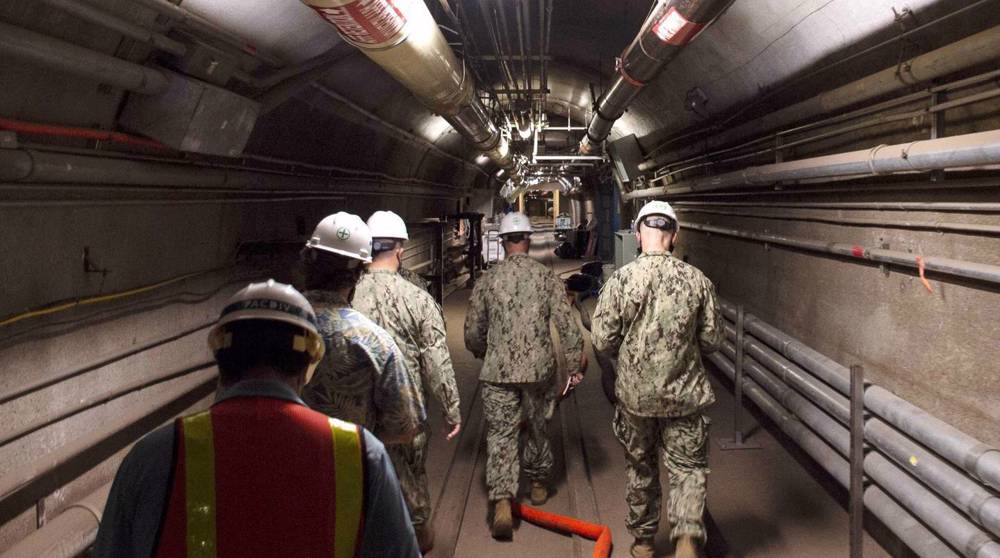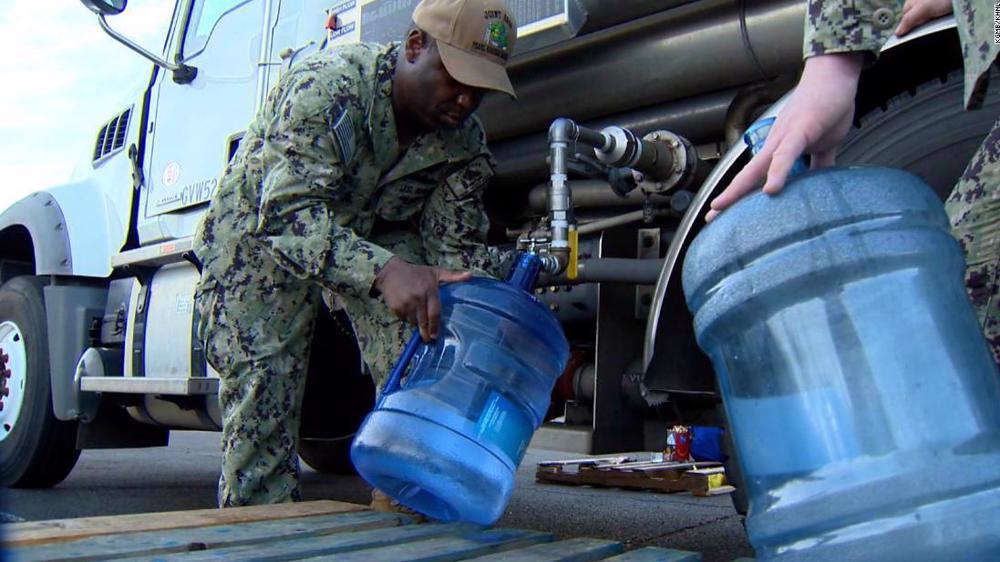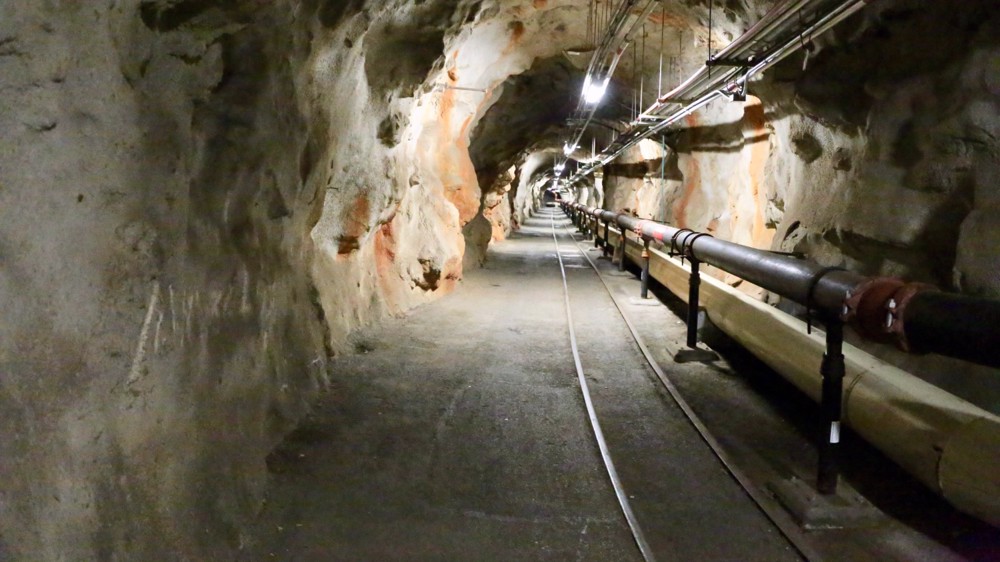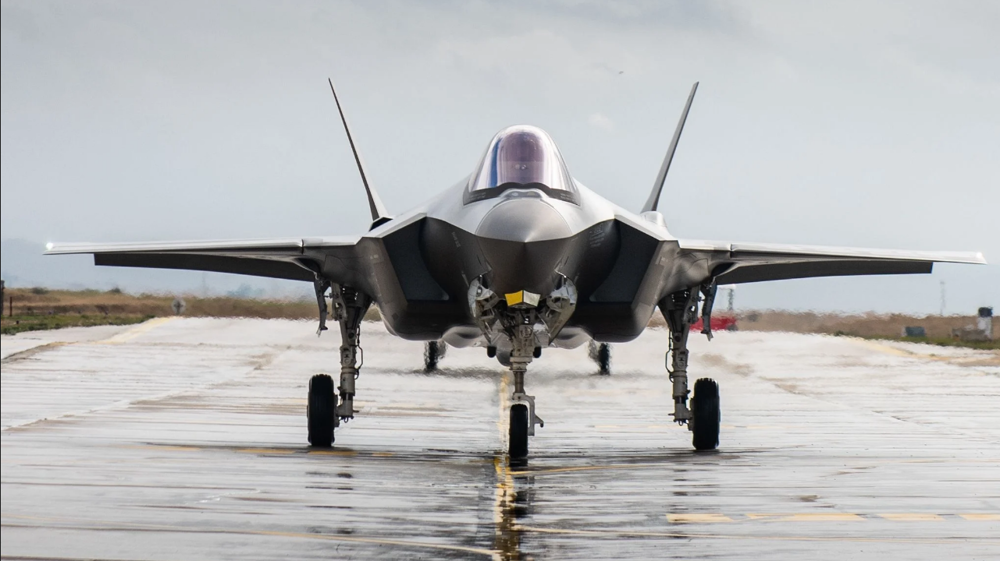US Navy: Tainted Pearl Harbor water poisoned 6,000 people
A US Navy probe has finally unveiled that poor management and human error at Hawaii’s massive Pearl Harbor naval base caused jet fuel to leak into tap water, poisoning thousands of people and forcing military families to evacuate their homes.
“The lack of critical thinking, intellectual rigor, and self-assessment by key leaders at decisive moments exemplified a culture of complacency and demonstrated a lack of professionalism that is demanded by the high consequence nature of fuel operations,” said the investigative report released on Thursday.
The probe marks the first detailed account of how jet fuel from the Red Hill Bulk Fuel Storage Facility -- a massive World War II-era military-run tank farm in the hills above Pearl Harbor -- leaked into a well that supplied water to housing and offices in and around the sprawling US Navy base.
Nearly 6,000 people, including Navy, Army and Air Force families, suffered nausea, headaches, rashes and other symptoms as the result of the leak that went unnoticed for months.
After months of resistance, the US military finally gave in to an order from the state of Hawaii to drain the tanks and close the Red Hill facility in April.
Despite the seriousness of the negligence, however, a separate report provided to Hawaii’s Department of Health by the US Defense Department on Thursday declares that the earliest it could defuel the tanks safely is December 2024 – nearly 30 months later.
The investigative report further listed a slumping series of mistakes that began on May 6, 2021, when operator error caused a pipe to rupture and 21,000 gallons of fuel to spill when it was being transferred between tanks.
Most of this fuel, it noted, spilled into a fire suppression line and sat there for six months, causing the line to sag. A cart rammed into this sagging line on November 20, releasing 20,000 gallons of fuel.
The probe specifically highlighted a February 2021 decision by the commanding officer of Fleet Logistics Center Pearl Harbor to remove uniformed military oversight from day-to-day operations at Red Hill. It emphasized that this significantly increased the risks of fuel handling operations.
It also noted key leaders at the scene of the November 2021 spill failed to exercise a sense of urgency, critical thinking, forceful backup and timely and effective communication demanded “by the seriousness of the situation.”
According to press reports, following the November spill when people started getting sick, the US military transferred about 4,000 mostly military families into hotels for months while they waited for their water to be safe again.
The spill contaminated the Navy’s water system, but the fuel didn’t get into the Honolulu municipal water supply. However, concerns the oil might migrate through the aquifer and get into the city’s wells prompted the Honolulu Board of Water Supply in December to shut down a key well serving some 400,000 people. The agency has been urging residents to conserve water because of this and unusually dry weather.
While the US Navy did not release its plan for defueling the complex, Hawaii’s Department of Health released it to the public on Thursday “in the interest of transparency,” according to Deputy Director of Environmental Health Kathleen Ho as cited in press reports.
“Red Hill needs to be shut down as quickly as possible and we fully expect that the Navy will marshal all possible available resources to defuel and decommission the facility,” Ho insisted in a statement.
“However, with the extensive repairs needed and the Navy’s history of spills from unsafe pipelines, our first priority continues to be ensuring that all defueling activities are performed safely,” she further emphasized.
The Navy’s defueling plan, however, won’t be completed until the end of 2024.
Meanwhile, Chief of US Indo-Pacific Command Adm. John Aquilino declared in a press briefing on Thursday that despite the loss of the Red Hill military facility as a fuel hub, “all missions are able to be executed through the means of where and how we place fuel reserves needed to support operational requirements.”
To replace what Red Hill provided, Aquilino added, a “broad spectrum” of distributed fuel hubs will replace the facility, including other existing facilities, new depots and “potentially afloat capabilities.”
However, while the Navy has repeatedly highlighted the Red Hill facility as a vital part of US national defense, yet it was left for decades without proper oversight – which, Aquilino underlined as a show of lack of leadership, investment and gross negligence.
“The Navy’s report states that the fuel leaks at Red Hill in May and November 2021 were preventable. This is shocking and deeply concerning,” said Hawaii’s Democratic Congressman Kaiali’i Kahele in a statement.
Moreover, David Henkin, an attorney for Earthjustice, which has been filing legal challenges against the military facility, also emphasized the US Navy has failed to learn from its mistakes.
“Rather than act swiftly to remove the more than 100 million gallons of toxic fuel that remain perched over Oahu’s sole source aquifer, the Navy proposes to take another two and a half years — until the end of 2024 — to defuel the Red Hill tanks,” he said. “That is completely unacceptable.”
The report also pointed out that Navy officials defaulted to assuming the best about what was happening when the fuel spills occurred, instead of assuming the worst, and this contributed to their overlooking the severity of situation.
VIDEO | South Koreans demand end to joint US military drills and provocative policy against North Korea
VIDEO | A silent grief: Palestinian man struggles to recover remains of wife, children
Hind Rajab Foundation files complaint against Israeli genocidal propagandist in US
VIDEO | Trump fighting allies on Greenland
Iran FM: Selective respect for deals now haunting Europe
Arab rights group urges UK to sanction Netanyahu over 'incitement to genocide' in Gaza
‘Political, non-constructive’: Iran slams UNHRC special session on recent riots
Forced evacuations in South Gaza as Israeli military expands control over land














 This makes it easy to access the Press TV website
This makes it easy to access the Press TV website